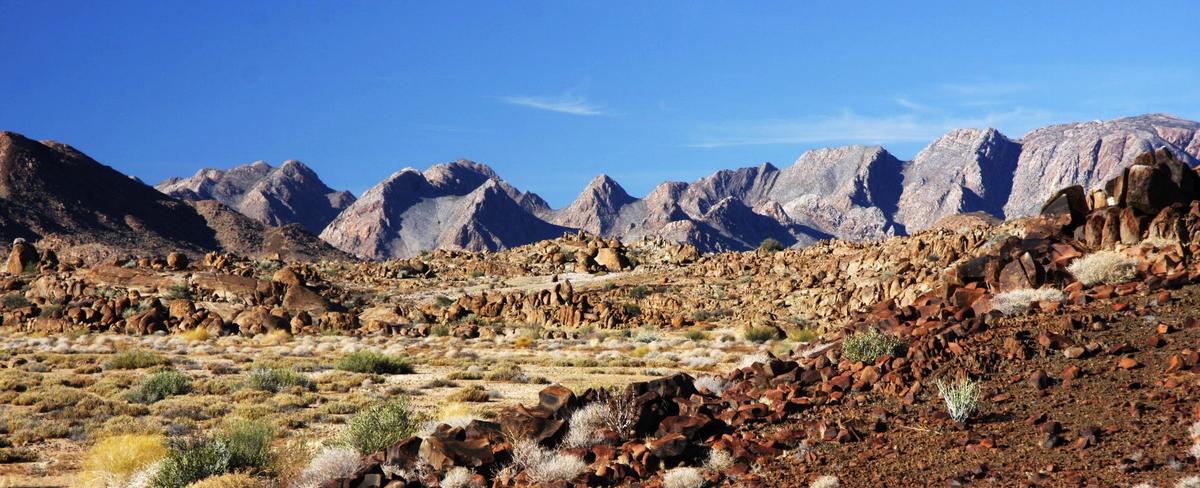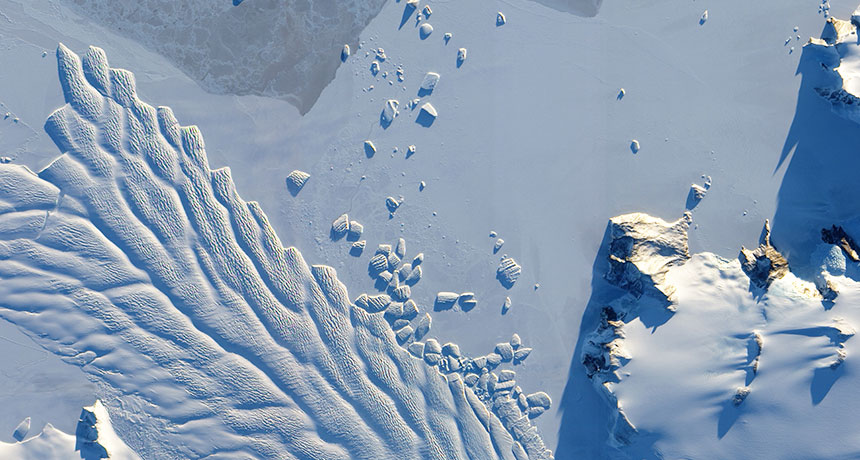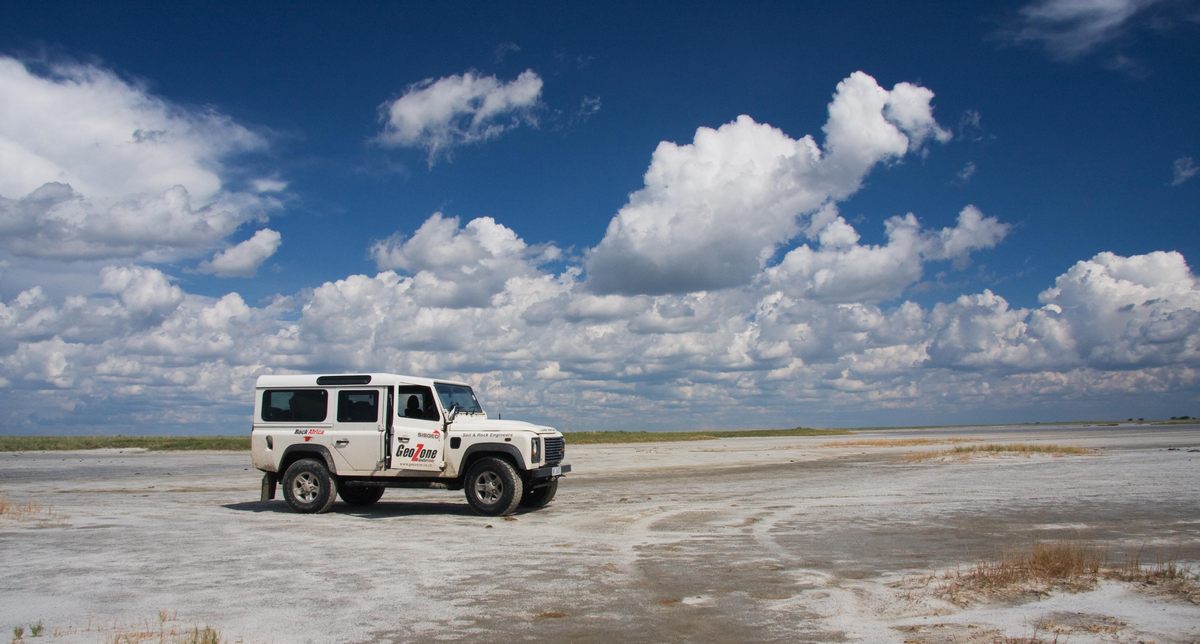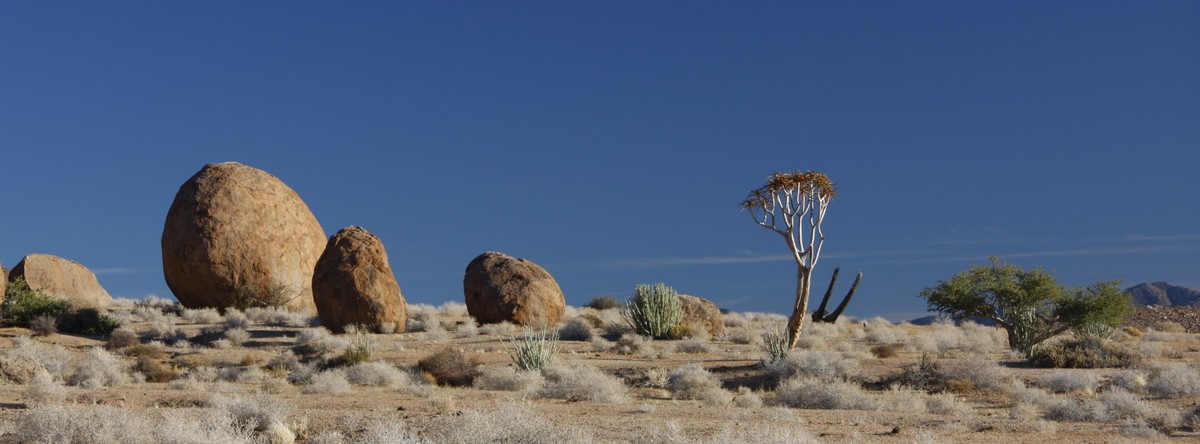Falling in Love with Geography
Back in the day, geographers were explorers, going out into the world to discover new lands, take meteorological readings in inhospitable places, scramble over glaciers, climb mountains, track ocean currents, map geological formations, take soil and water samples - all with the aim of increasing our understanding of this planet we call home.

We will bring the real world back into the classroom
This has all been turned upside down, as that knowledge which was gathered over the previous centuries was packaged up into a geography syllabus, to be conveyed to new generations of students. Not such an easy task to be sure but something got lost along the way. Here at Rock and Sky we are trying to invert the order again by reaching back to where it all began, the real world, which we so desperately need to do to re-energise the classroom.
There was no hope of ever seeing a real glacier
I remember learning about glaciers and their associated landforms over several years at high school – paternoster lakes (a beautiful name) drumlins, eskers, terminal, medial and lateral moraines, and roche moutonnees. I went to school in hot south-east Africa, where there was no hope of ever seeing a real glacier. Which kind of begs the question why they were teaching us about glaciers in the first place?

Want your students to fall in love with your classes? Keep on reading to find out how.
I subsequently discovered when I signed up for a geology degree, that our school lay a mere 4 km from a great pile of fossilised glacial tills, with dropstones, rock flour and erratic boulders, all sitting on a beautiful glaciated pavement which had been grooved and gouged by the grinding of vast ice sheets that once had this place in its icy grip. It turned out that our local turf had been located at the heart of an ancient Antarctica, and that the south pole had once lain 30 km offshore from where we lived. I was truly amazed.
We had 290 million year old glacial deposits lying under the subtropical sun
Although we might not have had freshly-minted glacial deposits close by, we had 290 million year old ones, laid down in what is called the Permian, and it would have been a fantastic learning experience if we could have only visited them. Similarly, cold fronts would roll in during the winter months, bringing polar air and snow to the high mountains some 200 km to the west. Again, we were never taken outside to see the high cirrus clouds that heralded the approach of those deep frontal systems. Nope, that would have been way too progressive, so we learned about these things from a dreary old text book. Dismal really.

We are giving away a free guide on the fundamental theory that changed the world. Find out more below.......
Explain how the landscapes got to be the way are
Things have changed for the better in many instances thanks to the Internet and YouTube. That said, there is still this unnatural inversion, where kids are taught the theory and then if they are lucky are presented with a boring example to illustrate matters. It might not actually be boring, but that may be the perception of the student. Often these examples lie in distant lands and there is no visceral connection with the place.
Are you ready for a fresh approach?
This is less than ideal, so what about a fresh approach where we first introduce the kids to amazing landscapes and allow them to try to decipher what is going on in terms of the geology and geomorphology? Then once their minds have been applied, cross sections drawn, slope morphologies ascertained, it is a simple matter to introduce the various theories to explain how the landscapes got to be the way they are. We now have fantastic tools like Google Earth to help us.

Share the love by collaborating with fellow schools
Similarly how about a weather station tracking temperature, barometric pressure and wind direction? This would be wonderful in relating our immediate local conditions to a synoptic chart prepared by the weather bureau. Hey there may even be scope for collaborating with fellow schools across the country - perhaps across the world if the weather systems are big enough which would be the case of the approach of a hurricane for example.
Of course I have many other great ways of re-energising the classroom, so if you want to find out more, just keep on reading and when you are done, be sure to take up my offer so that we can begin the conversation.
Do you want sad stories told about your boring class in 20 year's time?
I don't know about you, but I wouldn't want my past students telling stories about how boring the geography classes were back in the day when they were at school. So I am going to help you ensure that they enthuse about their geography teacher in years to come. Hey, some of your students may even become earth scientists, environmental scientists or oceanographers and will be able to say that the turning point in their lives was when the geography teacher made the classes so interesting. What a legacy to be able to leave.

Take your students on a grand adventure...
All of this requires some hands on, practical input, and this is where I can help. Returning briefly to my story about those ancient glacial deposits, I actually don’t think our geography teachers knew that those deposits even existed. If they did, I guess it was a difficult thing to put us in a bus and take us there. Money, logistics and time were all working against that kind of thing. Strange that there was always money to take us to rugby matches though. But that is another story.
Exploring is a fundamental urge of the human spirit
So my aim is to solve those kinds of problems as much as possible by bringing real life examples into the classroom. Filming, blogging and vlogging on all things geographical - on fluvial processes, coastal geomorphology, tropical regions, deserts, fold mountains and volcanoes, which are the physical manifestation of plate tectonics - to mention just a few. Rocks and minerals too. And possibly some stuff on palaeontology if anyone is interested. We are going to present all of this lovely stuff to your class, and they are going to love you for it, for to go exploring is a fundamental urge of the human spirit.
I recommend some of the TED Talks by Sir Ken Robinson on how we have taken our kids from the aesthetic to the anaesthetic - and the implications thereof. His approach dovetails perfectly with what we are doing here.
Your students will fall in love with your classes
We will support you by:
- Reducing your stress levels by improving your knowledge
- Reducing your workload by presenting movies and teaching material for your classes
- Bringing amazing, real world examples into the classroom.
Which of course is going to do wonders for you, as your students fall in love with your classes whilst your peers wonder what is going on in that geography class down the hallway. Eventually the good news will spread to the Principal's office thanks to the amazing things taking place and then to the parents who will also be wowed by how much their kids are loving their geography class. And in years to come they will remember those happy, fun-filled days.
And as for me? I am going to love telling you wonderful stories of grand adventures, beautiful landscapes and fascinating rock formations as we journey together through time and space on this wonderful rock called Planet Earth. Also we need to know as much as we can about our planet, because if we don't know how beautiful and interconnected it is, there is no hope of us taking care of it. All of this, and more, will be my job to bring into the classroom.
If you want to know a little more about me, check out the About page.
They will fall in love with your geography class
So if any of this resonates with you, we would very much like to have you on board, and as an introduction to what we do please download our free guide to Plate Tectonics below.
This is a subject that is central to the study of geology and by extension, physical geography, for it is the driving mechanism of our planet in a fundamental way. I call it the EOS - Earth Operating System. We will explore Indonesian volcanoes, towering Himalayan peaks and deep ocean trenches, and link all those wonderful landforms which are required fields of study in the geography syllabus back to this grand unifying theory of the earth sciences.

Plate Tectonics is central to the earth sciences. It is the lens through which geologists view the world, and the question is why should geographers think otherwise? That is why I have put together the guide to help explain the exquisite inner clockwork that makes our planet work - it's because we need to understand this theory.
The darling of the geological fraternity
We will also learn a little of the history of how the theory went from being an orphaned, ugly child to the darling of the geological fraternity – the big egos, the academic bullying, the bright minds, the drilling of the ocean floor, all of which led to the eventual acceptance of the theory and how it revolutionised how we view our world. In fact I have made a movie on exactly that and am giving it away as an additional bonus. And yes we will also look at the mechanisms and the terminology as per the dictates of the geography syllabus.
This will be your legacy - make sure it's a good one
Get your free guide on Plate Tectonics by clicking on the link below.
See you on the inside. Don't miss out now, and don't be remembered in years to come as the teacher that gave the boring geography classes.
PS - We are also giving away a bonus- a link to a short video on the history of the development of plate tectonics - its a grand and fascinating tale of big egos and big science.
PPS - And isn't that landscape in the header so beautiful? Its a special place so email me and I will tell you where it is. Or better still, sign up, as there will be lots of these kinds of images in the future.
A promise. No spam, no funny stuff, and no sharing with third parties.


Well, how bizarre that, at the age of 83, I should stumble upon this when following up an article in New Scientist about Kelvin’s Isotropic Helicoids. In the 1950s I was educated at a UK grammar school, where I fell permanently in love with physical geography — but never was led into a career in any kind of earth science. But the old love persists, and I habitually study and seek to interpret the landscape wherever I go — be it Scotland, Cumbria, North Wales, Norway, Iceland or the European Alps. I had a Geography teacher who introduced us to Continental Drift decades before there was any physical evidence from ocean-floor surveys. And now I have a grandson who is studying Geology at Leicester — and deeply frustrated by covid lockdowns.
Lucus
Thanks for dropping by and leaving us your lovely note. Glad that Google has brought Helicoids to you, and given me some homework to do – must go and find out what Kelvin had to say on these things. We are trying to make this geography thing more exciting for everyone by bringing examples into the classroom to keep everyone entertained. I am a geologist by profession so it can be hard work trying to balance a professional life and creating content for a website. I have just been on a project in Mozambique for nearly a month, so that took up much energy and time, but back from my prodigal wonderings and devoting some time to this once more.
83 and still going strong – I salute you.
Kind regards